Jon Snow doesn’t appear in House of the Dragon – and won’t even be born for another 150 years or so from its timeline – but the Game of Thrones prequel still finds a way to insult him. For the most part, the spinoff has avoided too many direct connections to its parent show, save for the broadest strokes that come with taking place in Westeros. It had previously introduced Aegon the Conqueror’s dream, but even that was more contained to the prequel’s story. However, things changed somewhat in House of the Dragon season 2’s ending.
“The Queen Who Ever Was” saw the tie-ins become much more overt, as Daemon Targaryen had a vision of Daenerys Targaryen, a White Walker and wights, and Brynden Rivers (the man who assumes the identity of the Three-Eyed Raven). There are several layers to what Daemon sees and what it all means but, while he doesn’t even appear (or rather, because he doesn’t), it means Jon Snow is very much left out in the cold.
House Of The Dragon Suggests Daenerys, Not Jon Snow, Is The Prince That Was Promised
Jon Had Been Speculated To Be The Prophesied Hero In Game Of Thrones
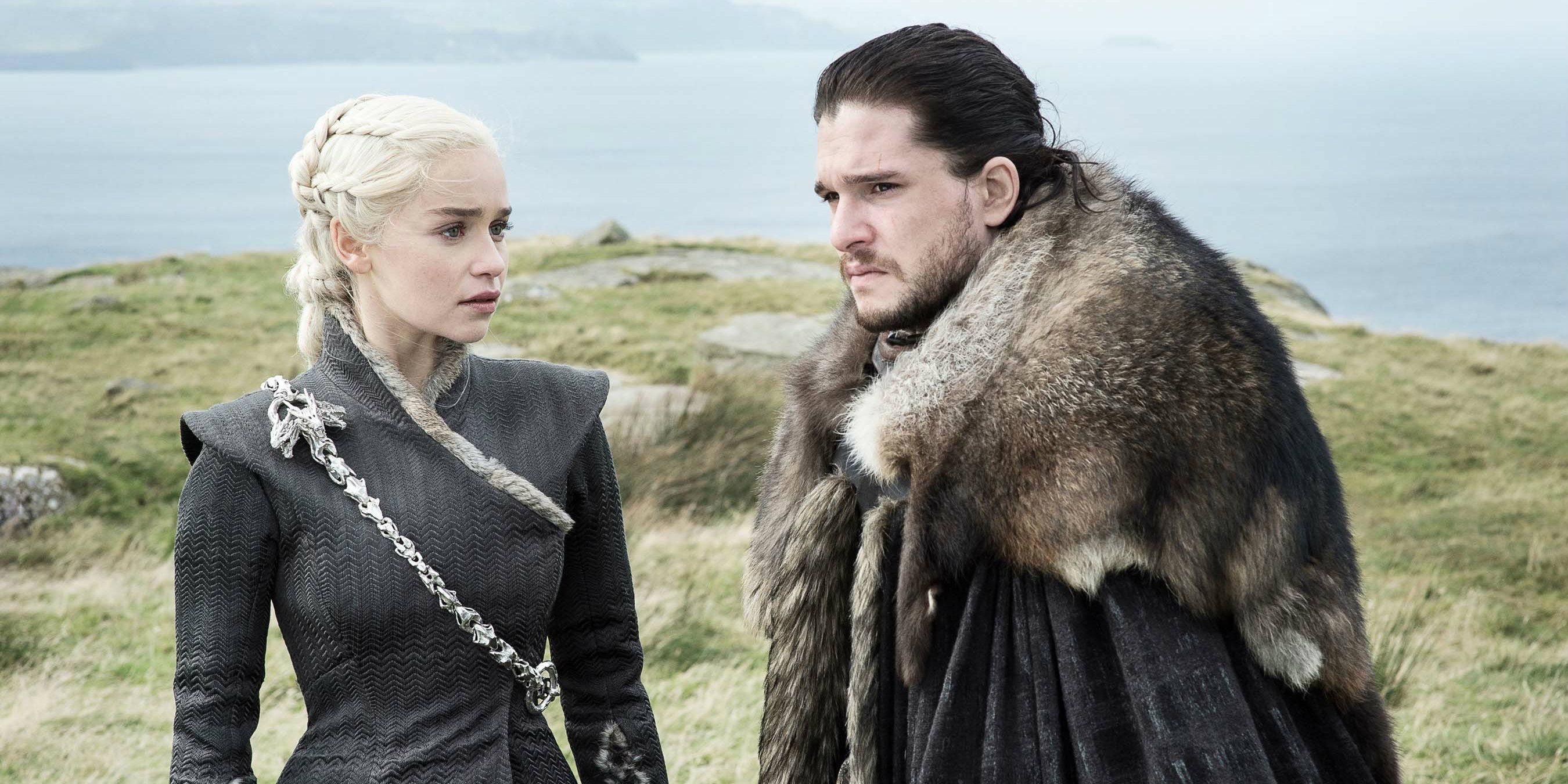
One of the biggest interpretations of Daemon’s vision, at least as I see it, is that it’s hinting Daenerys is the Prince That Was Promised, the prophesied hero who will lead Westeros in the battle against the White Walkers. Her introduction is heralded by a red comet, one of the signs of the prophecy, and features her waking dragons from stone (which is another). Some of this comes from the prophecy of Azor Ahai but, for show purposes at least, it’s safe to assume they’re one and the same.
There’s only one person who has been discussed as likely a candidate for the Prince That Was Promised/Azor Ahai as much as Dany, if not even more likely, and that’s Jon.
It’s also doing all of this while clearly connecting to Aegon’s dream (which itself also ties in the Prince That Was Promised), the White Walkers, and a Targaryen on the Iron Throne. Ryan Condal said it doesn’t confirm the Prince That Was Promised, and instead that’s for George R.R. Martin’s books to confirm. That’s very fair, but seeing Dany as the prophesied savior after this vision is absolutely a valid reading, and intent does not rule out interpretation.
With all of that, though, is the downside for Jon Snow. There’s only one person who has been discussed as likely a candidate for the Prince That Was Promised/Azor Ahai as much as Dany, if not even more likely, and that’s Jon. He fulfills a lot of the criteria, and did more than anyone in working to unite the realm against the army of the dead. And yet, he’s nowhere to be seen in Daemon’s vision.
That doesn’t necessarily mean he couldn’t be the Prince That Was Promised in the books, as it’s something Martin could do. But, if we take Dany as being the prophesied savior (and again, that’s just my reading of it, and it’s questionable how much it matters, since it didn’t factor into Game of Thrones’ ending), then it also means Jon Snow isn’t.
I don’t think that’s a particularly bad thing, because Dany is a compelling choice, but it does mean the poor bastard is once again being overlooked. Given Jon is, as the product of a relationship between a Stark and a Targaryen, the son(g) of ice and fire, it’s at least a little surprising that it’s not a card they decided to play.
HOTD Further Suggests Jon Snow Being A Targaryen Doesn’t Matter
Game Of Thrones Didn’t Do Much With His Parentage Reveal
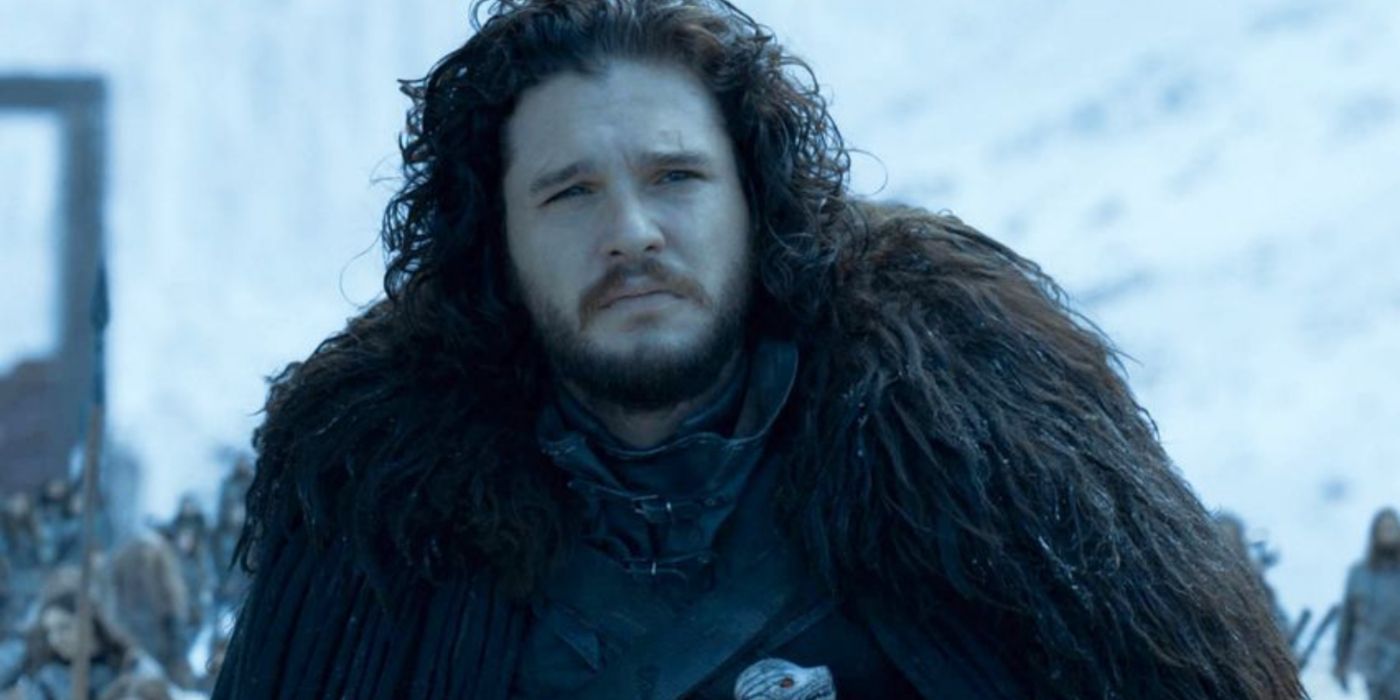
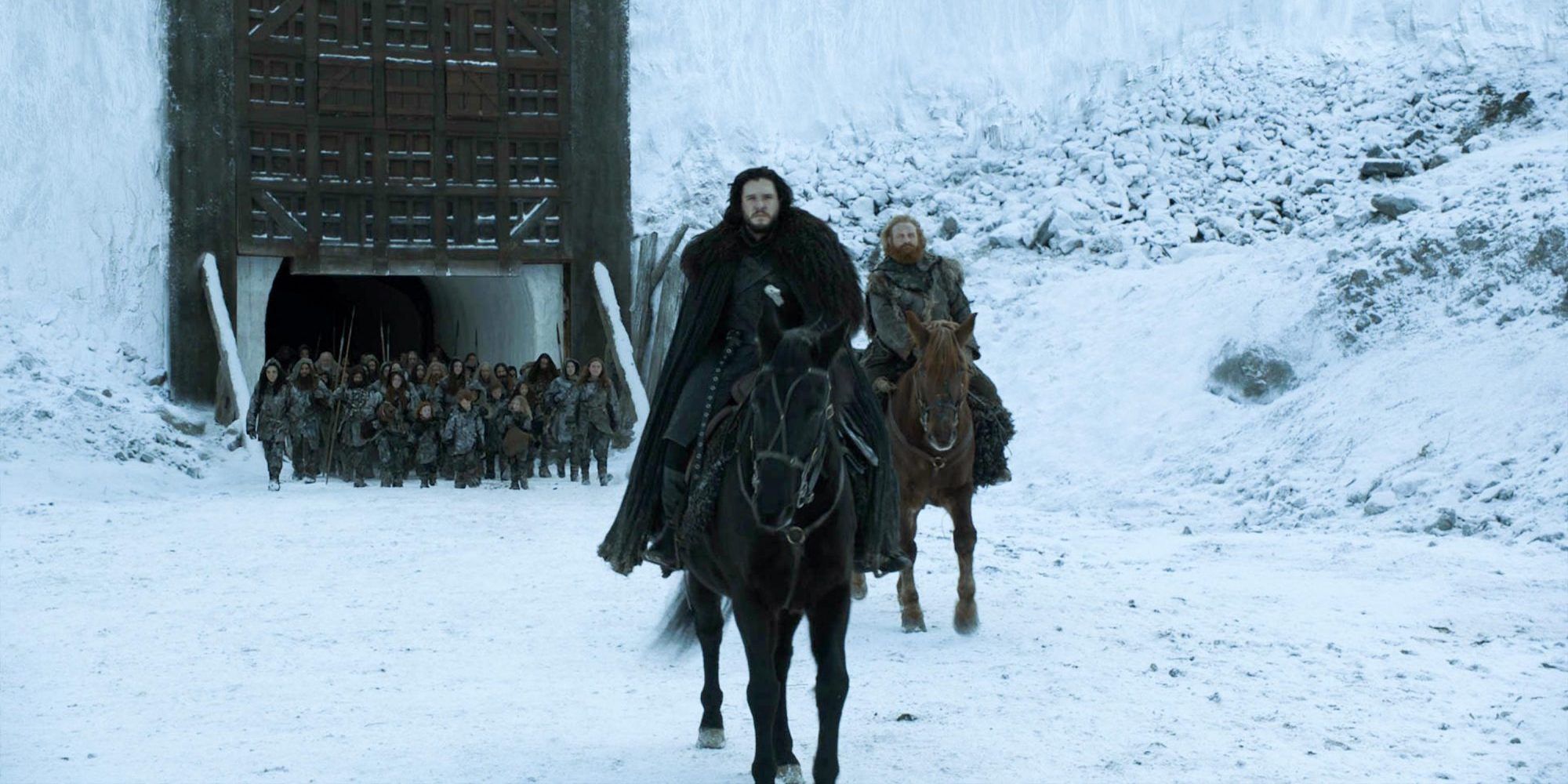
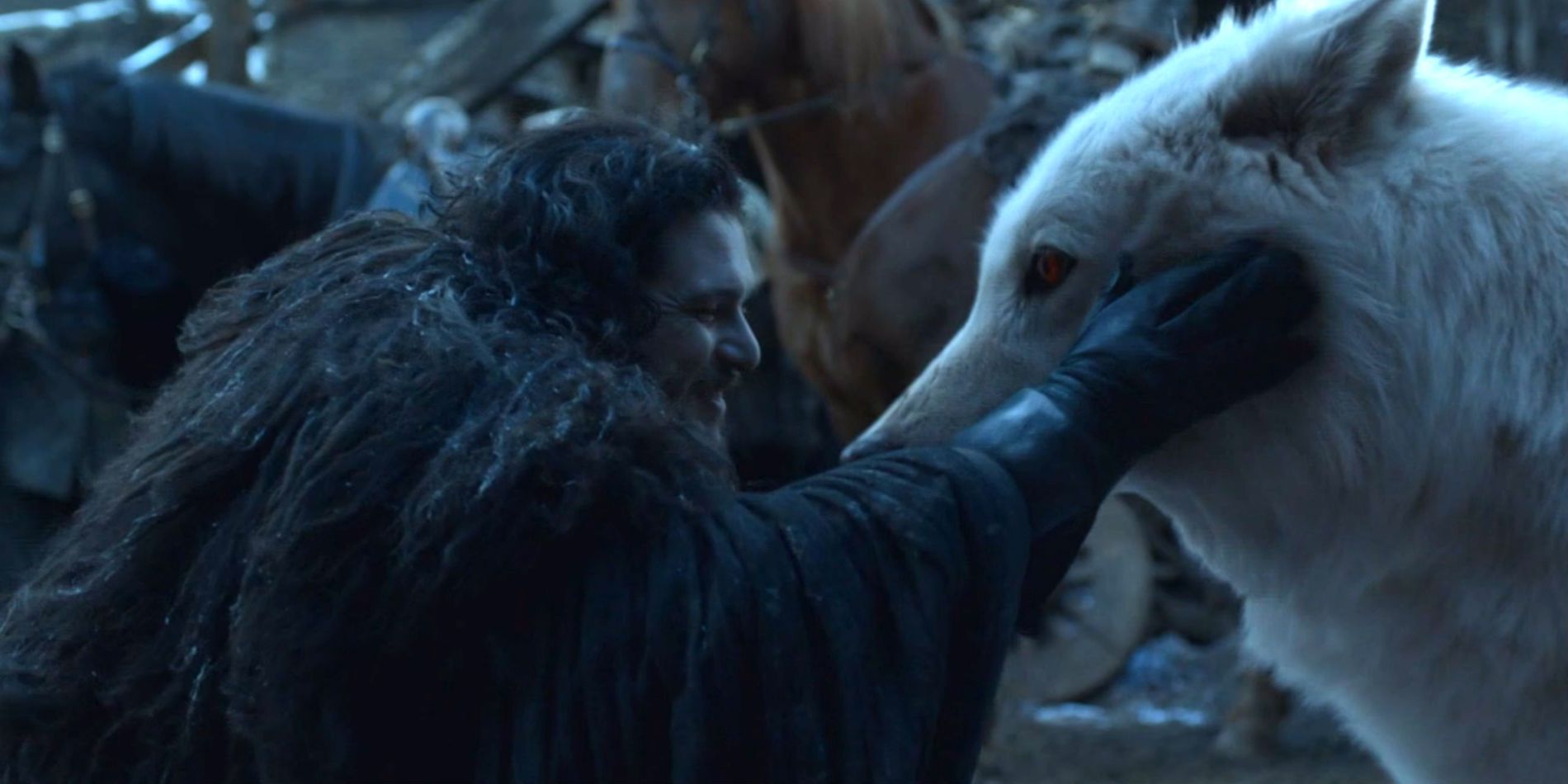
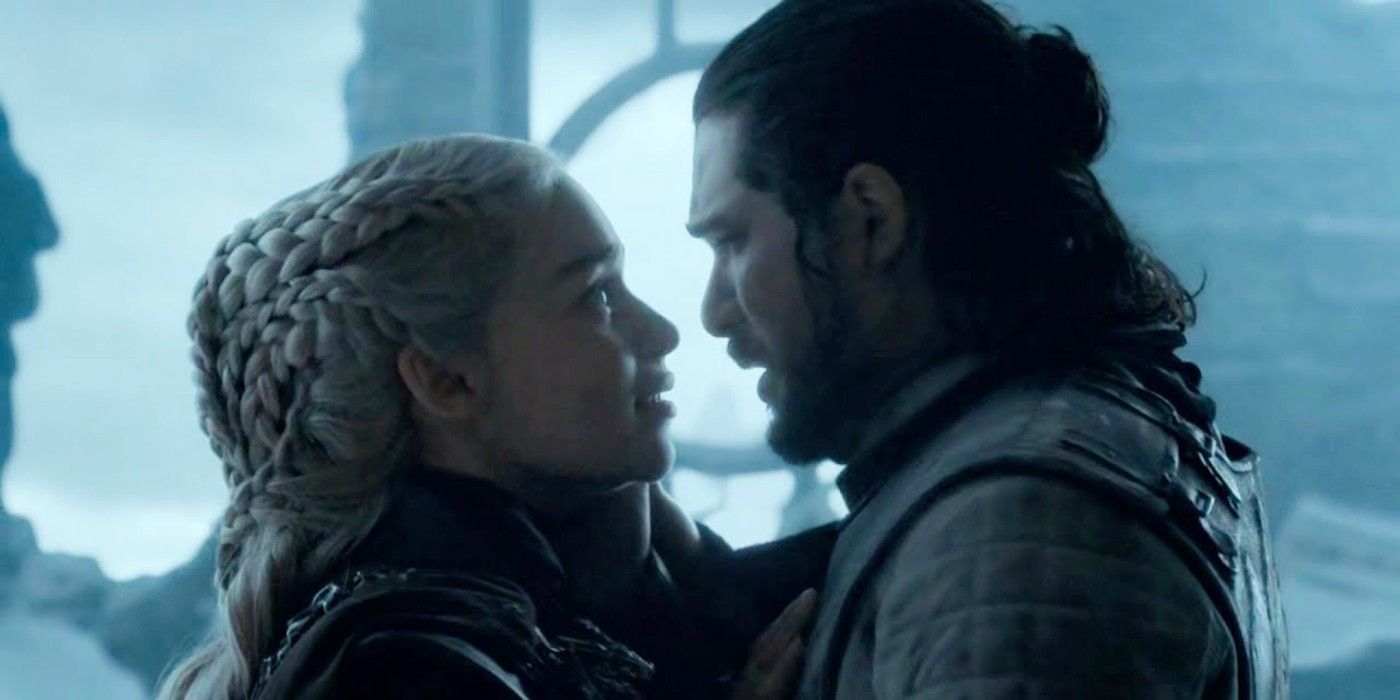
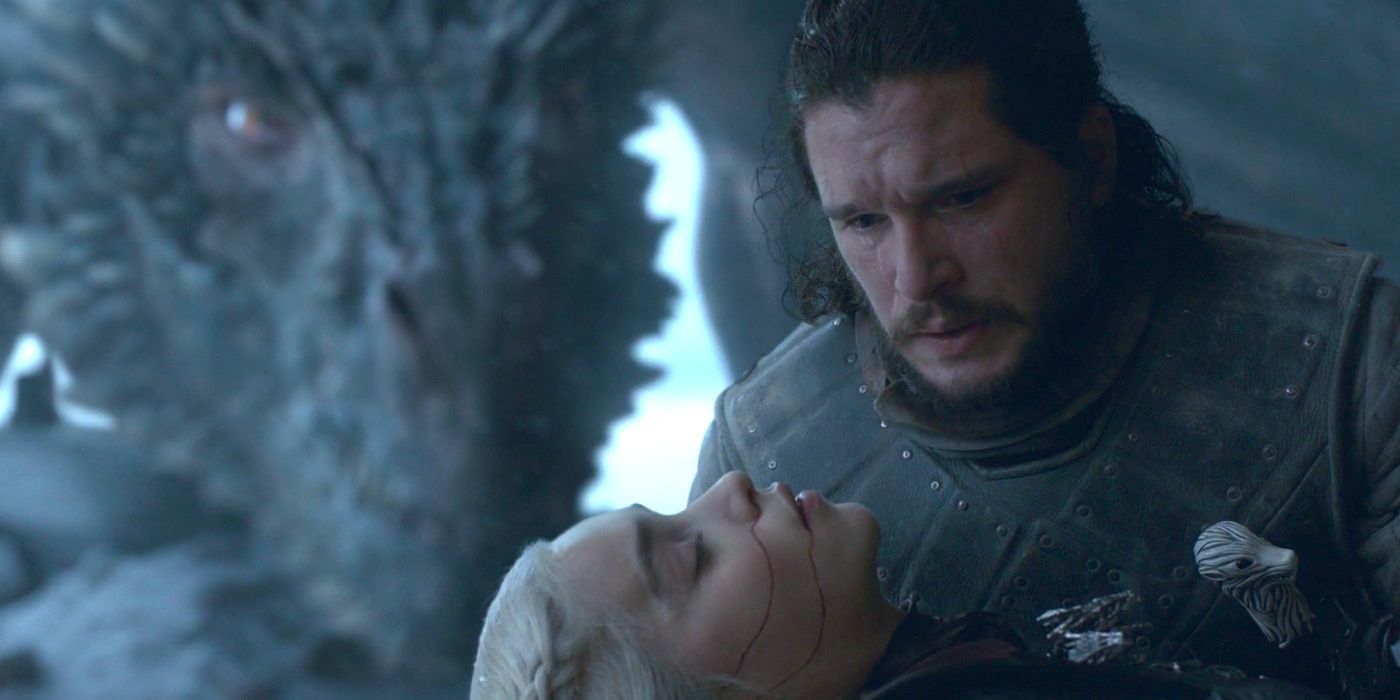





Even setting aside notions of prophecy, what the vision of Daenerys in House of the Dragon is also doing is showing the future of House Targaryen. It’s notable we see her dragon eggs in the flames; the same eggs, perhaps, that Rhaenyra said were the future of the house earlier in the season, should all else fail. It shows Dany bringing back dragons, clearly highlighting her importance as a Targaryen.
Again, that’s a stark contrast to Jon Snow, who doesn’t appear in the vision and, in truth, is not important to the house of the dragon’s future. Jon Snow is a Targaryen, but the prequel is just further highlighting how that didn’t really matter to his story, and certainly didn’t really change his character. Yes, it increased Daenerys’ anger, isolation, and paranoia ahead of her burning King’s Landing, but we probably get that regardless of who Jon’s parents are.
That he’s not even a blip in the vision of the house’s future and its greatest threat… feels less like “you know nothing, Jon Snow,” and more like “f**k you, Jon Snow.”
That itself isn’t an inherently uninteresting choice, as it brings in the idea of nature vs. nurture, and that Jon’s blood isn’t what defines him. He may have been born a Targaryen in the south, but he was raised a Stark in the north, and Game of Thrones consistently showed he was truly Ned Stark’s son to the very end.
But with all that, and something House of the Dragon doubles down on, is the exclusion of his Targaryen identity, that he’s not really one of them. That he’s not even a blip in the vision of the house’s future and its greatest threat (which he helps fight, and ends up as the last Targaryen alive), feels less like “you know nothing, Jon Snow,” and more like “f**k you, Jon Snow.”




